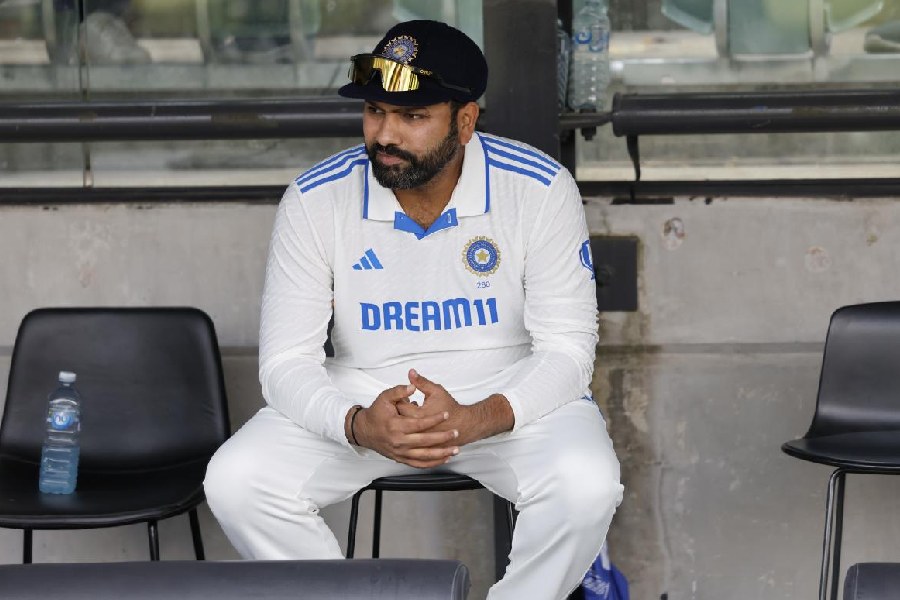 |
| Builder-centric development is turning housing projects into faceless, lookalike boxes, say architects. A Telegraph picture |
Should real estate development be dictated by gross dividend or by good design?
As the government struggles to meet the staggering shortfall in housing, opting for faster implementation by engaging big-ticket developers and contractors, the result is often faceless, lookalike boxes.
A trend the city architects’ fraternity finds “alarming”, and their concern about development becoming increasingly builder-centric, has been boosted by a national chorus.
“Today, the developer dictates terms. Earlier, architects were drivers of projects, now we are not even conductors,” rued S.L. Chitale of Chennai-based Chitale & Son, a 77-year-old firm of architects, interior designers and consultants.
The veteran architect, who was in town to attend a conclave of the Council of Architecture for preparing “more transparent guidelines” on appointment of government architects, warned that the growing marginalisation of architects could have a serious fallout on our urbanscape.
Another senior architect-planner, Mumbai-based Uttam C. Jain, echoed Chitale’s fears. “It’s a pity that the angle is always financial and never the quality of design. In the absence of any control on design, metros like Calcutta and Mumbai are becoming concrete jungles, devoid of any aesthetics.”
Jain, who bagged the Baburao Mhatre Gold Medal in 1991 for lifetime achievement in architecture, stressed the importance of involving architects and other “genuine experts” right from the conceptualisation stage of any development.
The architects’ body, which suggested an Urban Arts Commission like Delhi was a must in every city to curb urban sprawl and “prevent social imbalance”, also deliberated on the vexatious issue of technical bids vis-à-vis financial bids.
“If a project will eventually be awarded to the highest financial bidder anyway, then why go through the farcical exercise of inviting design bids?” asked city architect Dulal Mukherjee, convener of the council’s Calcutta conclave.
Today’s administrators don’t want to create quality, felt another city-based architect and urban designer Partha Ranjan Das. “They will call a tender and go for L1 or the lowest, or in the case of Dankuni, go for the highest financial bidder (DLF) and accept whatever they have to offer by way of design solution,” he pointed out.
The city developers’ forum agreed that design was the key and that the two-tiered bidding process was often needless. “In tendered projects, the best design should be frozen and then, the developers invited to quote a price. The highest bidder should get the right to implement the design,” observed Pradip Kumar Chopra of the PS Group, ex-secretary of Credai’s state chapter.
That’s what the Mumbai PWD does for its own projects, said Bipin M. Sankhe, chief architect, Maharashtra, and a member of the Council of Architecture. “We design our buildings and then put conditions to it for implementation. But architects are always involved,” Sankhe declared.
Sanjib Sengupta, chief architect, New Delhi Municipal Council, underlined the need to adhere to the masterplan in a new town and also define land-use to control haphazard growth. “In Delhi, we have resident traffic flow experts to re-engineer channels wherever necessary,” he said.
An industry analyst summed up the city scenario: “We can’t afford any better, so we go to L1, and we don’t have money, so we go to the person who offers the maximum. Eventually, what is implemented as a new town is easy to draw, easy to implement and easy to handle…”











